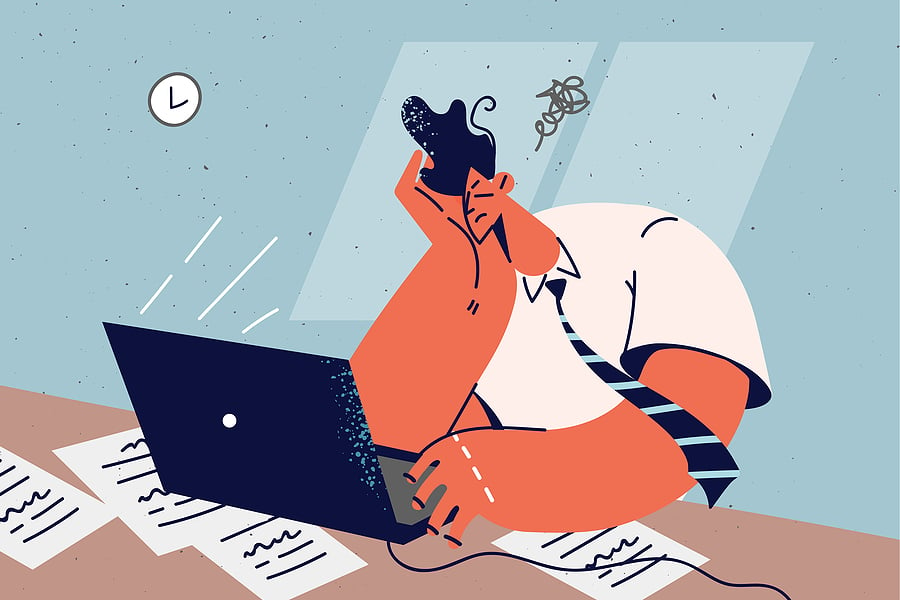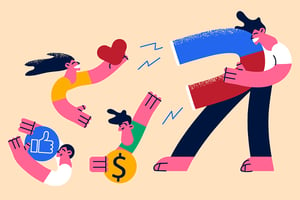All British brands at the moment: “Even though things are hard right now and everybody’s struggling...
What is clickbait and does it work?
 I stumbled across a post on LinkedIn this week asking the following:
I stumbled across a post on LinkedIn this week asking the following:
“What do you think affects conversion rate the most?
The ad.
Or…
The landing page.”
To which my answer was that a third option is required on the synergy between the two. If there’s a disconnect between a headline or ad unit and a landing or article page, then the only thing you’ll get is suboptimal results.
What is clickbait and does it work?
Defined as sensational or misleading headlines that lure readers, clickbait plays on our natural human curiosity. While initially successful in garnering clicks, its effectiveness is highly questionable. How many times are you going to fall for “you’ll never guess what they look like now…”
The psychology behind clickbait
Clickbait taps into the human psyche by exploiting our curiosity and love for the extraordinary. However, this approach is akin to crying wolf - initially, it garners attention, but over time, readers become desensitised or distrustful. For instance, a headline like "You won’t believe what happened next!" might attract clicks initially, but if the content doesn't deliver, readers will feel deceived.
Clickbait in online advertising
As online advertising evolved so did the need to stand out from other advertisers in a crowded marketplace, but if your content is not as ground-breaking as advertised, it results in a high bounce rate. This disparity between expectation and reality not only reduces the effectiveness of the ad but can also damage the advertiser's credibility.
The downsides of using clickbait
Clickbait's short-term gains (perhaps a cheap CPC or high CTR) come at a cost. Misleading content can lead to the user being disappointed, and repeated use can erode brand trust.
Take, for example, an ad claiming to offer a miracle cure for a common ailment. If consumers find the claims exaggerated upon reading the content, it can lead to negative reviews and a tarnished brand image.
The importance of authenticity
Authenticity in advertising is the antithesis of clickbait. It involves creating ads that are honest, relatable, and valuable to the audience. For example, Dove's Real Beauty campaign resonated deeply with consumers by showcasing real people instead of models, fostering a connection based on authenticity. Such campaigns build long-term trust and loyalty, crucial for sustainable brand growth.
Authenticity is increasingly valued by younger consumers, with 92% deeming it important or extremely important according to EY's Gen Z survey – a rise of 16% from pre-pandemic figures. For a generation raised on social media, authenticity stands out as the paramount personal value – they can detect disingenuous marketing from a distance.
Alternatives to clickbait
Effective alternatives to clickbait focus on quality content and storytelling. Content marketing, for instance, aims to provide value through informative and engaging content, like how-to guides or industry insights.
Storytelling in ads can create an emotional connection with the audience, as seen in John Lewis's Christmas adverts, which are known for their heart-warming narratives. Influencer marketing is another strategy where brands partner with individuals who have a strong, authentic connection with their followers.
The future of online advertising
The future of online advertising is poised to pivot more towards personalisation, authenticity, and utilising advanced technologies such as AI to enhance user experience. The emphasis will likely be on creating content that is not only engaging but also truthful and relevant to the audience.


